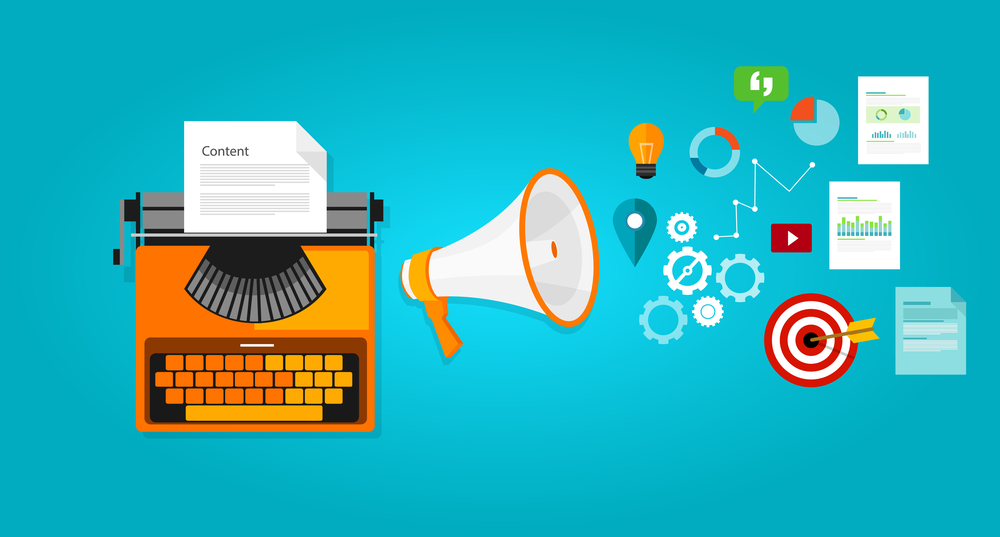Copywriting is an essential part of marketing strategy, as it aims to persuade the target audience to take a particular action. However, with the rapid advancements in technology and digital marketing, it’s becoming increasingly important to adapt to the changing landscape. This is where the use of data and analytics comes into play. In this article, we’ll explore how you can use data and analytics to optimize your copywriting and improve results over time.
1. Understanding your audience
Before diving into the world of data and analytics, it’s crucial to have a clear understanding of your target audience. Spend time researching your demographic, discussing their needs and preferences, and their behavior patterns. This information will lay the foundation for data-driven copywriting.
Sources:
– Smith, Michael. (2018). Identifying Your Target Audience: The Top 8 Mistakes Writers Make. Forbes. Retrieved from https://www.forbes.com/sites/forbescommunicationscouncil/2018/10/25/identifying-your-target-audience-the-top-10-mistakes-writers-make
– Davis, Derek. (2020). How to Understand and Engage Your Target Audience. Business 2 Community. Retrieved from https://www.business2community.com/strategy/how-to-understand-and-engage-your-target-audience-02328926
2. Analyzing your current content
Once you have a good grasp of your audience, it’s time to analyze your existing copy, whether it’s webpages, social media posts, or email campaigns. Track relevant metrics, such as bounce rates, average session duration, and conversion rates, to determine which content is effective and which needs improvement.
Sources:
– Streedain, Ellen. (2019). 6 Copywriting Metrics You Need to Track. Business Insider. Retrieved from https://www.businessinsider.com/6-copywriting-metrics-you-need-to-track-2019-12
– Tavrides, Felicity. (2020). A Complete Guide to Content Analysis. SEMRush. Retrieved from https://www.semrush.com/blog/a-complete-guide-to-content-analysis
3. A/B testing
A/B testing, also known as split testing, is when two versions of your copy are created and presented to different segments of your audience. This allows you to determine which version is more effective and provides insight into refining and optimizing your copywriting. Implement this testing process for headlines, email subject lines, and call-to-action phrases.
Sources:
– Powell, Khe. (2019). The Ultimate Guide to A/B Testing: Everything You Need to Know. Neil. Retrieved from https://neilpatel.com/blog/the-ultimate-guide-to-ab-testing
– Yoon, Daniel. (2021). A/B Test Your Copywriting for Maximum Conversions and Sales. WordStream. Retrieved from https://www.wordstream.com/blog/ws/2021/07/13/ab-test-copywriting
4. Leveraging data from user feedback
Collecting and analyzing user feedback is a great way to optimize copywriting. Use surveys, polls, and reviews to gain insights into the preferences and pain points of your target audience, then adapt your copy accordingly.
Sources:
– Banaszak, Michał. (2018). How to Use Customer Feedback in Your Marketing. Brand24 Blog. Retrieved from https://blog.brand24.com/how-to-use-customer-feedback-in-your-marketing
– Morgan, Julie. (2020). How to Use Customer Feedback to Improve Your Marketing Copy. Outgrow Blog. Retrieved from https://outgrow.co/blog/use-customer-feedback
5. Implementing machine learning for performance insights
Advanced analytics tools, such as machine learning algorithms, can provide valuable insights into your copywriting performance. These tools can identify patterns and trends that would be difficult to spot manually, allowing you to optimize your copy more efficiently.
Sources:
– Kelly, Gordon. (2019). How Machine Learning is Changing Digital Marketing. Forbes. Retrieved from https://www.forbes.com/sites/nvidia/2019/08/29/how-machine-learning-is-changing-digital-marketing
– Elnif, Maria. (2021). 7 Machine Learning Applications in Marketing 2021: Use Cases & Examples. Datafloq. Retrieved from https://datafloq.com/read/7-machine-learning-applications-marketing-2021-/10924
Conclusion
Optimizing copywriting using data and analytics is a proven method to enhance the effectiveness of your communication, driving more leads and conversions over time. By understanding your audience, analyzing current content, using A/B testing, leveraging user feedback and machine learning, you can fine-tune your copy for maximum impact. With consistent monitoring and testing, your copywriting will continue to improve, helping your business reach new heights.



